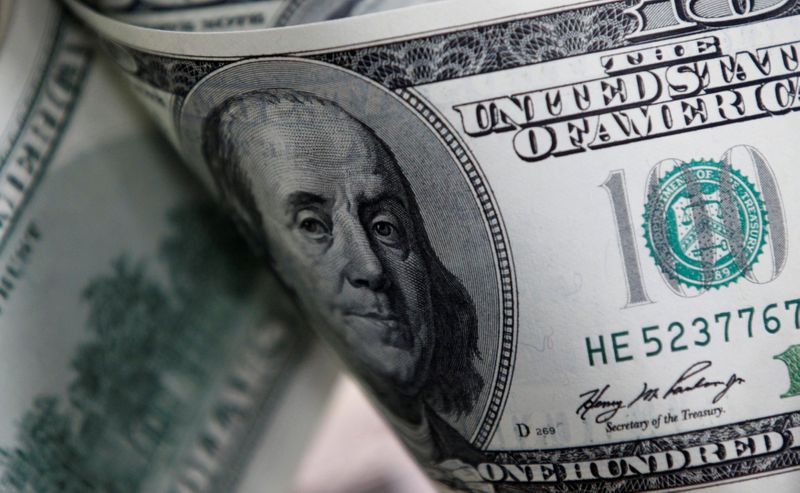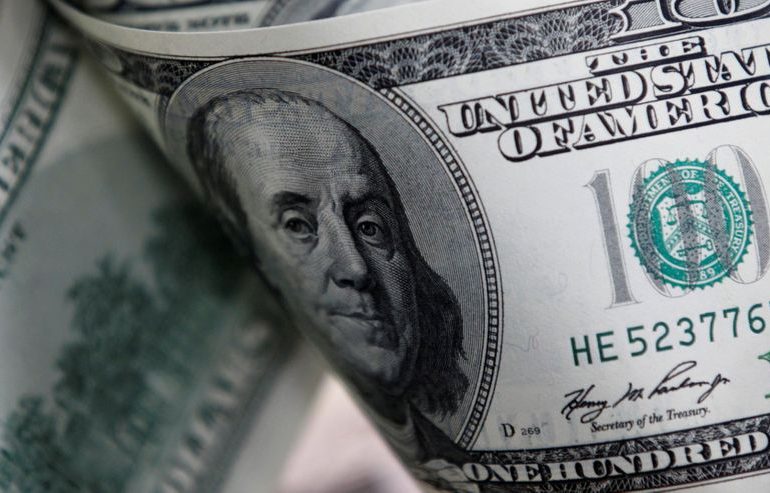 © Reuters. FILE PHOTO: U.S. one hundred dollar notes are seen in this picture illustration taken in Seoul
© Reuters. FILE PHOTO: U.S. one hundred dollar notes are seen in this picture illustration taken in Seoul
By Saikat Chatterjee
LONDON (Reuters) – A stronger U.S. dollar will increasingly weigh on emerging- market economic prospects, since developing countries have taken on so much dollar-denominated debt in the past decade, the Bank of International Settlements said on Monday.
The dollar has fallen by more than 12% from March highs after the Federal Reserve slashed interest rates to record lows. But the BIS said the dollar remains prone to big swings and any reversal in risk sentiment could see it rise — hurting the growth outlook for emerging markets.
Using data from 21 emerging-market economies between 1990 and 2019, BIS researchers found that an increase of 1 percentage point in the dollar's value against a basket of currencies led to a 0.3% drop in the growth outlook for those countries.
That was evident in the first wave of the coronavirus pandemic this year, when a near 10% rise in the value of the dollar index in the first three months of 2020 resulted in record bond outflows from emerging markets and wider spreads.
"Emerging market economies (EMEs) are particularly vulnerable to changes in the value of the dollar through these channels, making the broad dollar exchange rate an EME-specific risk factor," the BIS said.
Emerging-market U.S. dollar-denominated debt as a percentage of gross domestic product has tripled to nearly 10% from around 3.5% during the global financial crisis in 2008. In addition, foreign ownership in their domestic bond markets stands at nearly 20%.
A negative correlation between broad-based dollar strength and global growth occurs through various channels.
When investor risk appetite declines, flight to safety may both push up the dollar and weaken global economic activity through capital outflows and tighter financial conditions, as investors and lenders retrench from risky investments and borrowers.
A stronger dollar also weakens the balance sheets of those dollar borrowers, whose liabilities rise relative to their assets.
And tighter dollar credit can encourage global investors to cut their local currency bond holdings, including from countries whose currencies have not weakened sharply.
Leave a comment
